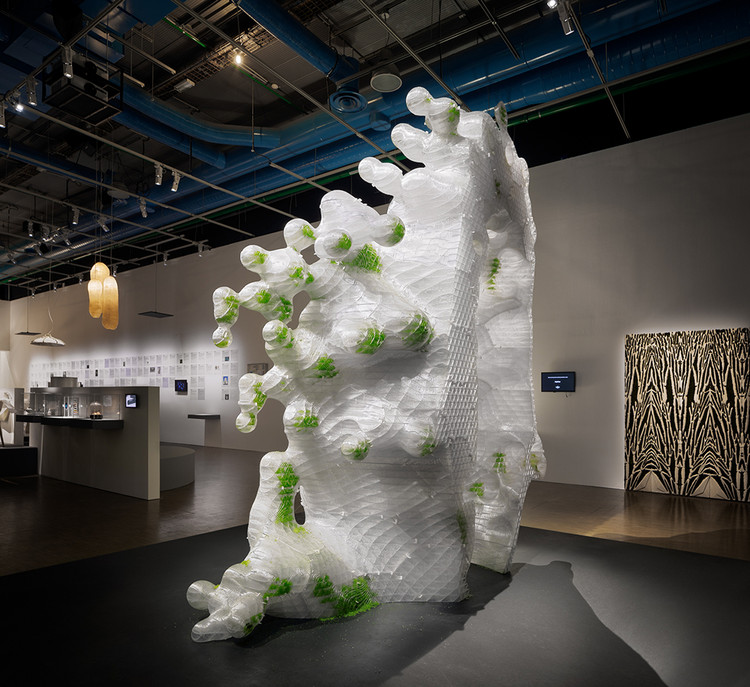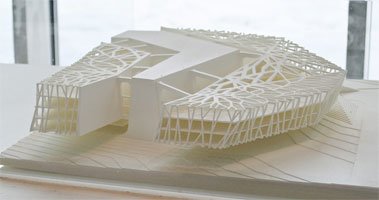The design and architecture craft are part of the waves of industries that have been transformed and reshaped by 3D printing Sydney.
Designers, architects, and engineers around the globe are collectively seeing the potential of this advanced technology in the field of design, architecture, and construction.
Their advanced understanding of the importance of accurate and tangible scale models has led them to adopt additive manufacturing or 3D printing in advancing their craft.
The tedious and costly traditional way of designing and assembling scale models has motivated the Architecture industry to explore innovative, cost-effective, and highly-advanced manufacturing methods.
Today, additive manufacturing have revolutionized the way designers and architects explore designs and innovate by empowering them to create intricate, accurate, and durable scale models quickly and cost-effectively.
To help you understand why companies choose to integrate additive manufacturing in architecture, here are some benefits of implementing this technology in architecture.
Benefits of Adopting 3D Printing Sydney in Architecture
Flexibility and Design Freedom
One of the biggest advantages of utilizing 3D printing technologies in various architectural projects is the design freedom that allows architects and designers to produce intricate geometries.
Designs that seemed to be impossible in the past have now become possible and even easy to produce. Also comes with the freedom in design is the opportunity for companies to conduct design studies and produce multiple design options and make several iterations cost-effectively.

Better Customization
The ability of every company to offer highly customizable products is crucial to staying ahead of the competition.
The gift of customization that 3D printing provides is a crucial factor for architectural firms to remain competitive within the industry. And this ability is difficult to achieve with traditional techniques.
Though a lot of customers are always looking for “off the shelf” products, at some point, they still want a personalized version of these items based on their specific requirements. With the traditional methods of fabrication, this is not easy to achieve. But with additive manufacturing, companies can offer better customization options at a lower cost and faster production lead times.
Sustainability
The sustainable quality of additive manufacturing is manifested in the lower consumption of materials during the manufacturing process. Thanks to geometric optimization, various wastes associated with manufacturing like formworks are reduced.
The tremendous reduction of on-site operations also brings more efficiency and sustainability when compared to other traditional construction methods.
Additive manufacturing clearly contributes to sustainability by minimizing the use of scarce resources. In addition, this environmentally-friendly method enables on-demand, decentralized manufacturing with no need for stocks and transport, thus reducing its carbon footprint.
Summing up
In architecture, possibilities for innovation are endless with 3D printing. The use of this advanced technology allows architects and designers to create accurate and highly-detailed physical architectural models and communicate their designs to their clients fast, clear, and cost-effectively.
Lastly, additive manufacturing helps these professionals gain more clients by utilizing 3D printing technologies to produce complex and durable designs straight from CAD data.

